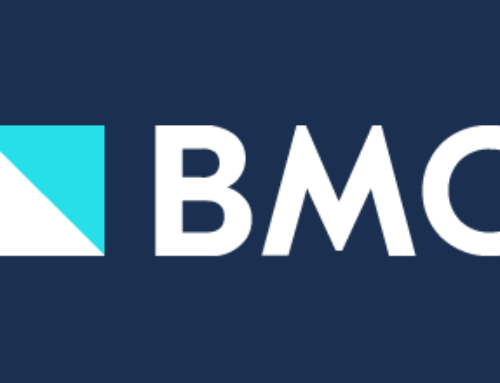CENTER UPDATE | October 2023
In this Issue:
- CMS Announces Large Growth in 2024 MA V-BID Model Participation
- Hospital Health Care Prices Don’t Match Online and by Phone
- Women Pay Billions More Out-of-Pocket for Health Care
- The Impact of PBMs on High Drug Costs
- Biden Administration to Ban Medical Debt From Americans’ Credit Scores
- State Protections Against Medical Debt Across the U.S.
- Two Big Insurers Take Small Steps to Ease Prior Authorization Burden
- Sources of Low-Value Care Received by Medicare Beneficiaries
- U.S. Employers to See Biggest Healthcare Cost Jump in a Decade
- What Are the Recent and Forecasted Trends in Prescription Drug Spending?
- Lessons From Recent Efforts to Cap the Price of Insulin
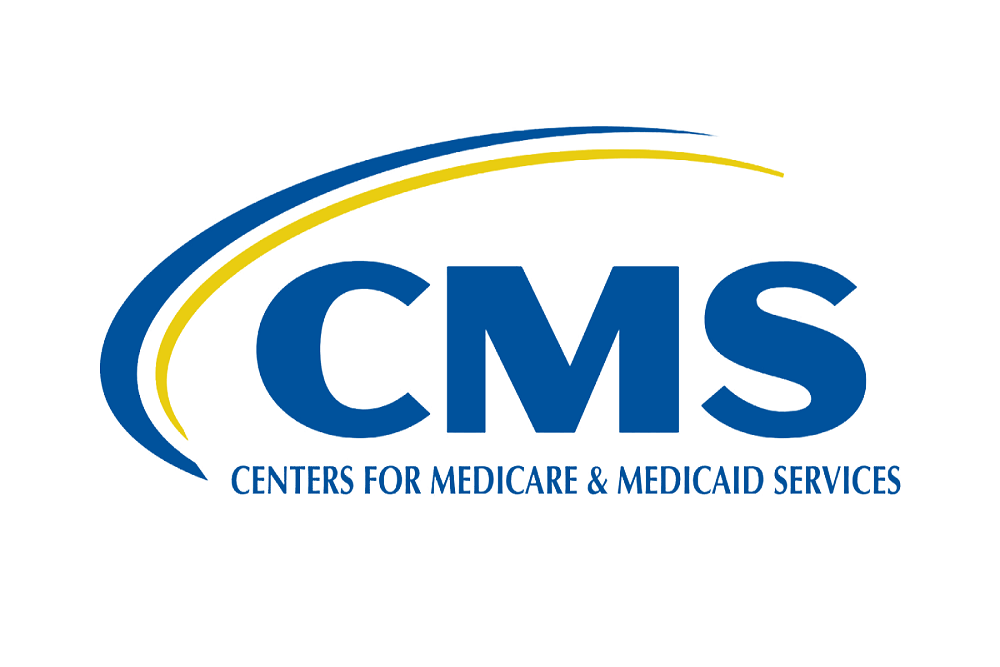
CMS Announces Large Growth in CMMI Medicare Advantage V-BID Model Participation in 2024
A CMS release reported that more than 1,500 Medicare Advantage plans will participate in the CMS Innovation Center’s Medicare Advantage Value-Based Insurance Design (V-BID) Model in 2024, which will test the effect of offering person-centered innovative benefits that are critical to meeting health care needs and improving health equity to a projected 8.7 million people. The V-BID Model expands access to additional supplemental benefits that can address a wide range of needs, such as food and nutrition benefits. The V-BID Model offers plans the flexibility to target these benefits to people with chronic conditions or low incomes.
The V-BID Model’s Hospice Benefit Component, now in its fourth year, will also be offered by 78 Medicare Advantage plans in portions of 19 states and U.S. territories, providing enrollees increased access to palliative and integrated hospice care.

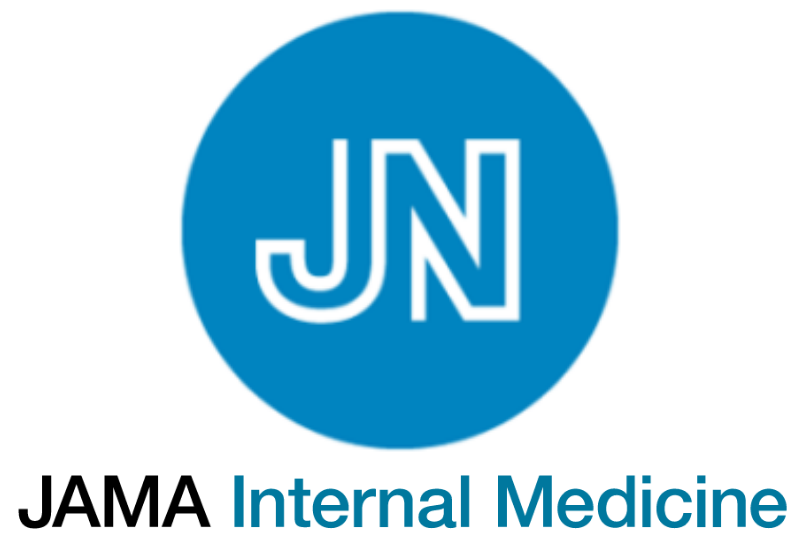
Hospital Health Care Prices Don’t Match Online and by Phone
Hospital health care prices were all over the map in a study using a secret shopper approach to inquire about costs of births and brain scans. The researchers found “wide variation” between hospitals’ cash prices posted online and those available by telephone. The result: policy makers and and patients who want price transparency for medical services probably aren’t getting it. Listen to this interview on the subject and accompanying article.

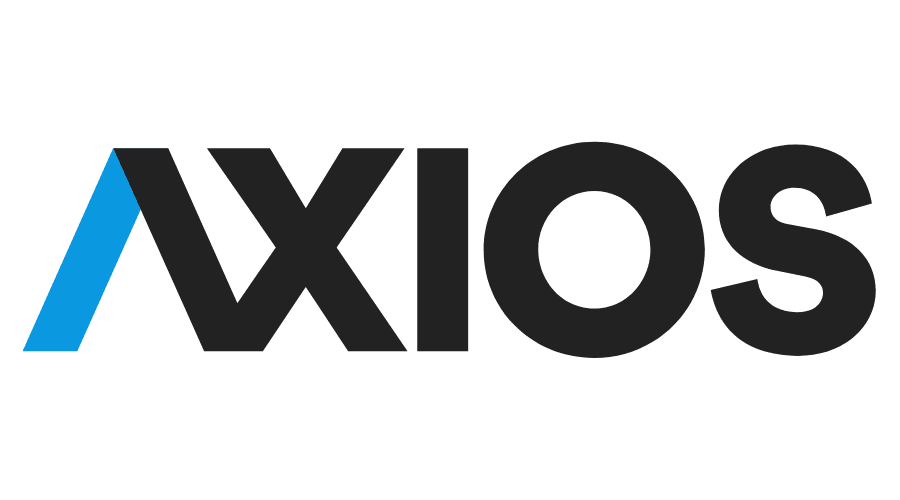
Women Pay Billions More Out-of-Pocket for Health Care
Like the “pink tax” on women’s consumer products, a new Deloitte analysis shows that women at every age have higher out-of-pocket expenses for health care than men, despite having similar health insurance. Women pay $15.4 billion more in cost-sharing per year, not including maternity care. While women use health care more often, they still see 18% higher out-of-pocket expenditures after removing maternity costs.
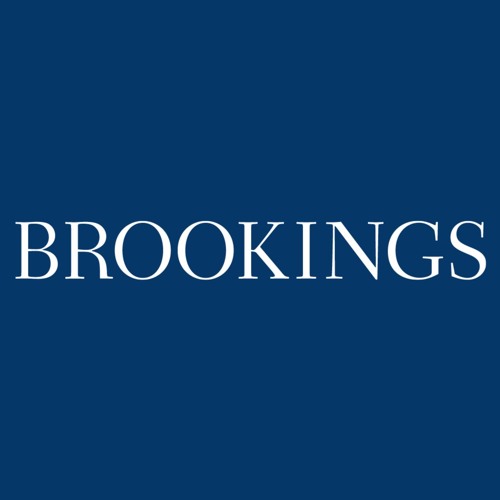
The Impact of PBMs on High Drug Costs
An analysis of the role of pharmacy benefit managers (PBMs) in the prescription drug marketplace suggests that while there are market issues for PBM services, they have only modest effects on the overall affordability of prescription drugs. A summary of the report underscores the impact of these findings on upcoming PBM legislation.

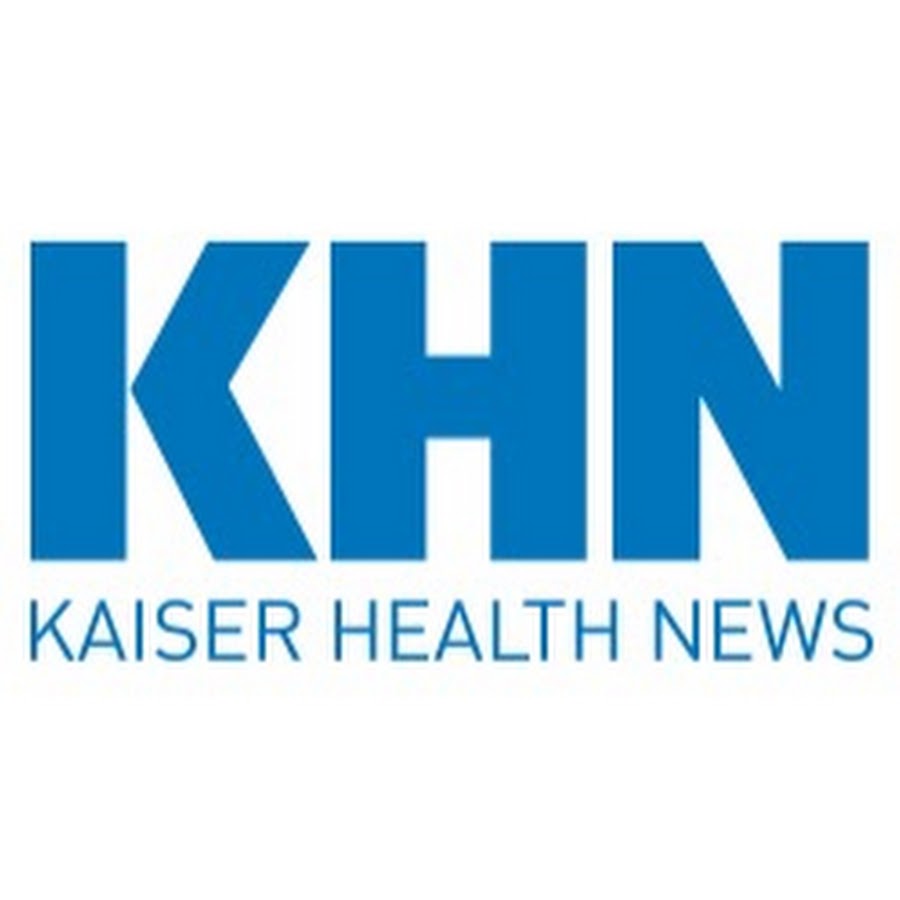
Biden Administration to Ban Medical Debt From Americans’ Credit Scores
The Biden administration has announced plans to create federal regulations that would prevent unpaid medical bills from impacting patients’ credit scores. This initiative aims to assist tens of millions of individuals burdened by medical debt on their credit reports, which can hinder their access to employment, housing, and loans. It represents a significant effort to address the problem of medical debt that affects approximately 100 million Americans. The Consumer Financial Protection Bureau (CFPB) will be responsible for developing these new rules, with the process expected to take place next year, though it may face industry opposition.
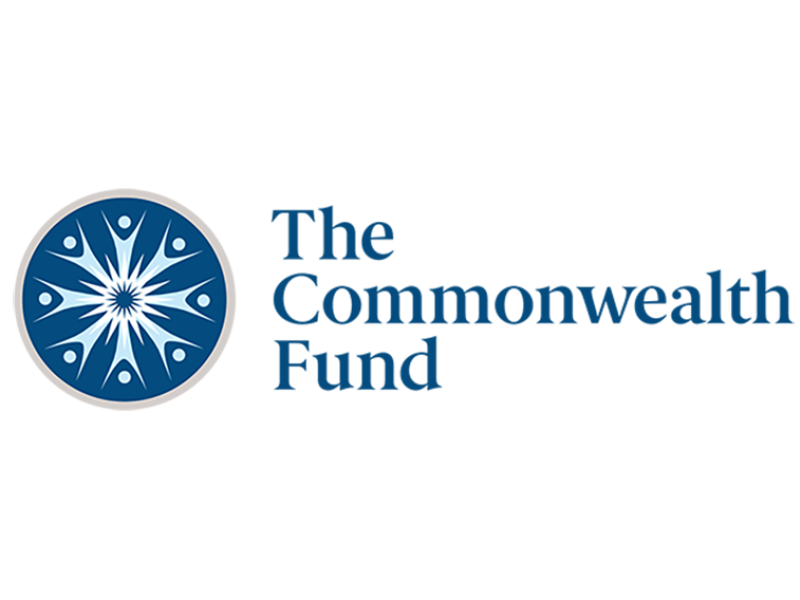
State Protections Against Medical Debt Across U.S.
A new Commonwealth Fund report assesses the effectiveness of existing federal and state-level medical debt protection measures on Americans, particularly those in vulnerable groups like people of color, women, and low-income families. The study revealed that federal medical debt protection standards lack clarity and are seldom enforced, while state-level protections are more comprehensive, but highly variable in strength, with few regulating billing and collections practices.

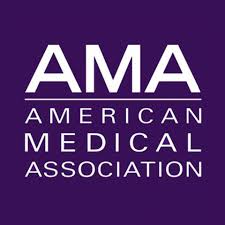
Two Big Insurers Take Small Steps to Ease Prior Authorization Burden
Following announcements earlier this year from Cigna and UnitedHealthcare, an article from the American Medical Association (AMA) discusses its current initiatives to further reduce prior authorization requirements and advocate for patient continuity of care, gold-carding programs for physicians, and improved transparency and automation in the process. A Forefront article on the topic suggests that prior authorization should focus on identifying and preventing services that do not improve clinical outcomes and may even harm patients, thereby saving healthcare resources for higher-value services. For example, Medicare Advantage’s prospective payment framework attempts to deter wasteful or harmful care, while limiting its use with high-value services, which can help reduce costs and protect seniors.

Sources of Low-Value Care Received by Medicare Beneficiaries and Associated Spending
A study of volume and spending on 40 low-value services in Medicare has found that at least $3.5 million was spent on in-system low-value care between 2016 and 2018. The most common low-value services ordered were antipsychotic medications for patients with dementia, PSA testing, renal artery revascularization, coronary artery calcium scoring, and antibiotics for acute upper respiratory infections or ear infections.


U.S. Employers to See Biggest Healthcare Cost Jump in a Decade
Benefit consultants predict that employer healthcare costs will jump from 5.4% to 8.5% in 2024 due to medical inflation, soaring demand for costly weight-loss drugs and wider availability of high-priced gene therapies. However, survey results indicate that employers do not plan to shift cost increase to their staff, but are increasing scrutiny of coverage for expensive therapies and hospital networks for certain procedures.

What Are the Recent and Forecasted Trends in Prescription Drug Spending?
A KFF poll has found that more than 1 in 4 adults taking prescription drugs report difficulty affording their medication, including 40% of those with household income of less than $40,000 per year. Here are other key findings from the poll:
- The majority (82%) of adults say the cost of prescription drugs is unreasonable
- Retail prescription drugs account for a significant share (21.6%) of health spending for privately insured
- Most Americans favor actions to address high prescription drug prices
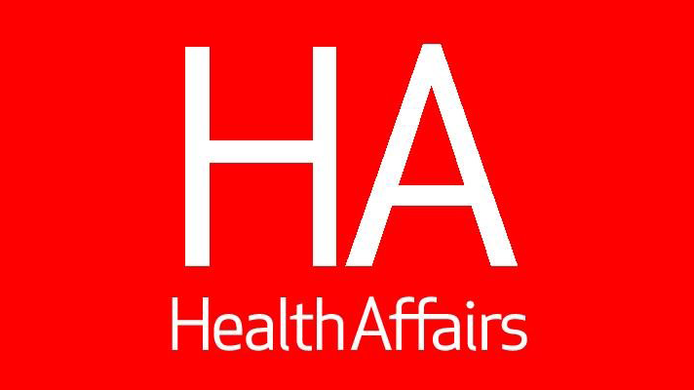
Lessons From Recent Efforts To Cap The Price Of Insulin
A Health Affairs Forefront discusses the complexities of quantifying out-of-pocket insulin costs due to factors like pharmacy benefit managers (PBMs) and rebate systems. Many patients pay exorbitant amounts, with some forking out over $1,200 per month for insulin, leading some to ration or forego this life-saving medication. The article suggests that while price caps, such as those included in the Inflation Reduction Act, hold potential, a comprehensive systemic approach to addressing drug pricing and affordability is essential.
Please Help Support the V-BID Center
As we near the end of 2022, we recognize our accomplishments over the past year and look ahead to all we can achieve at the University of Michigan Center for Value-Based Insurance Design. Generosity from collaborators and friends like you allows us to remain focused on equity enhancing programs that improve access and affordability to essential clinical services
You will play an essential role in the future success of the V-BID Center by making a gift today. Thank you for your support.



